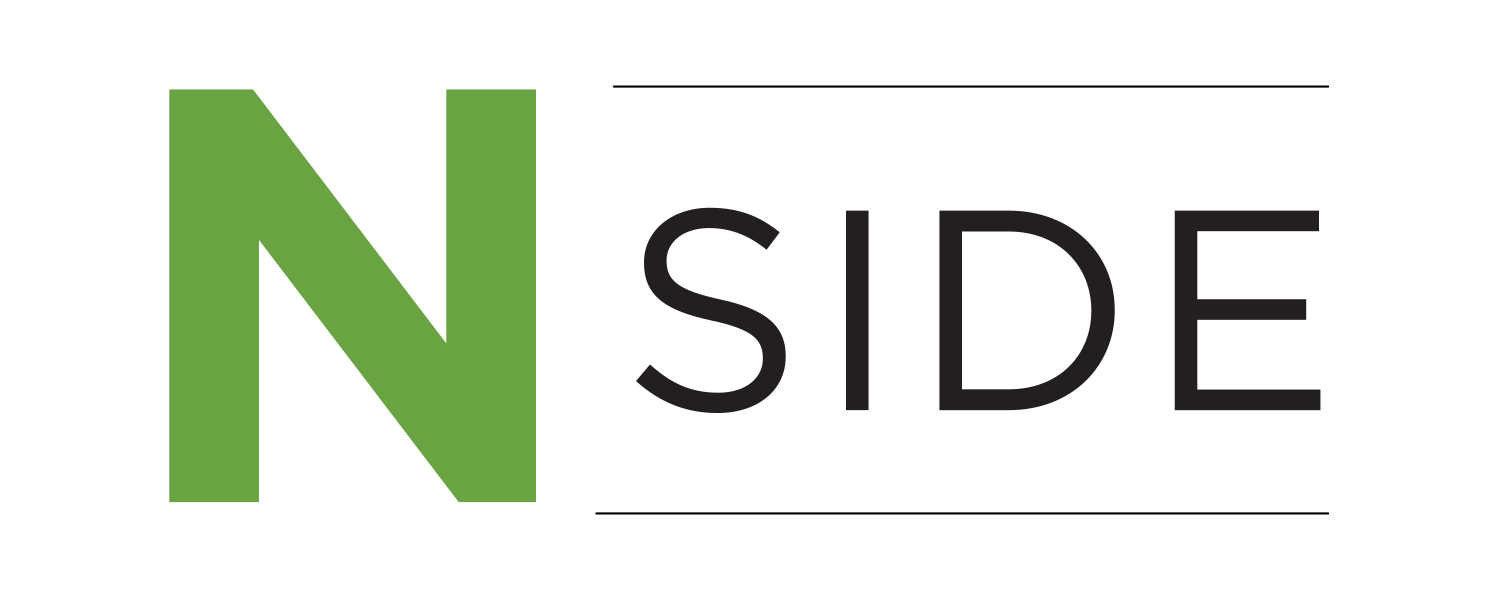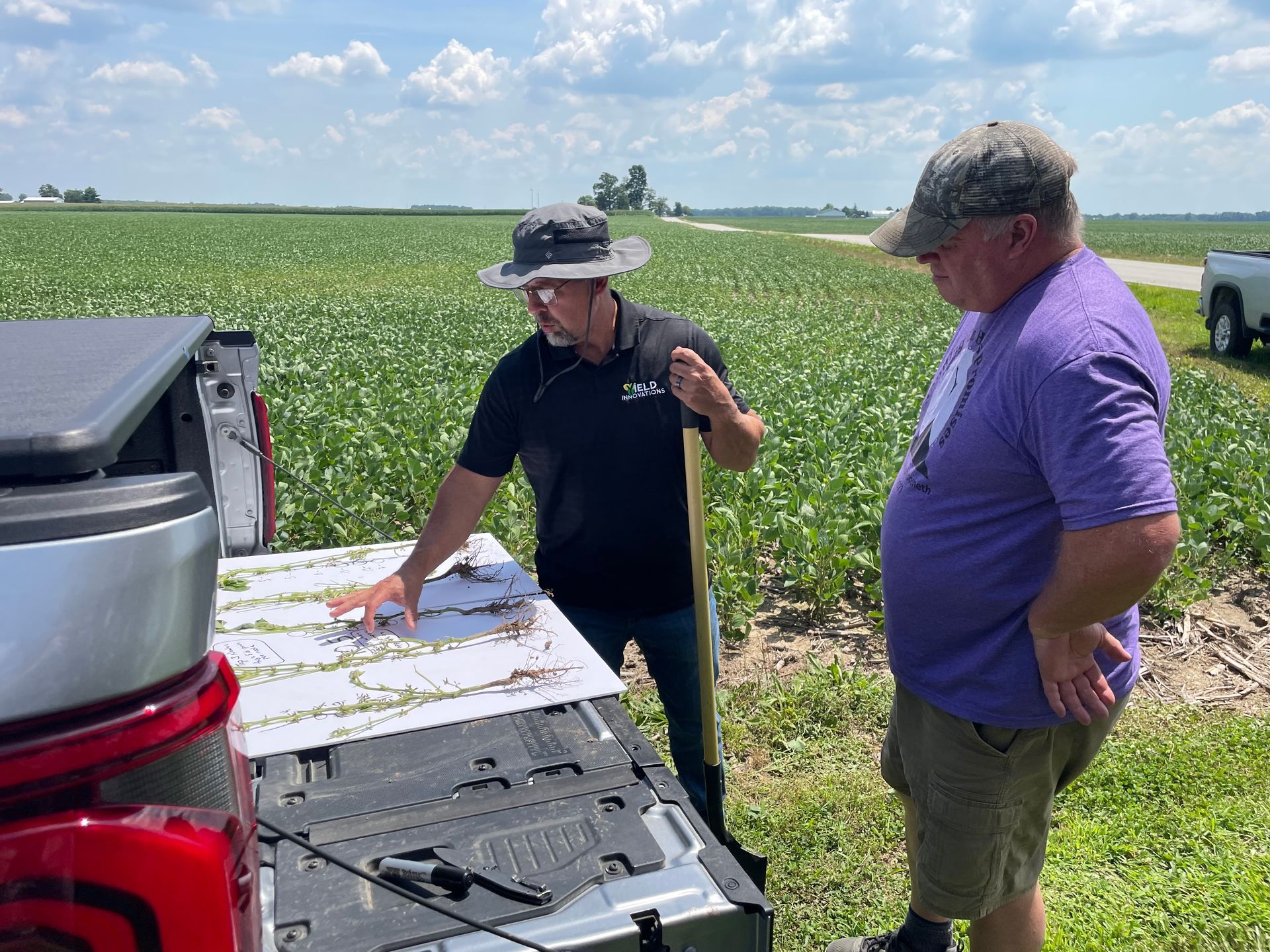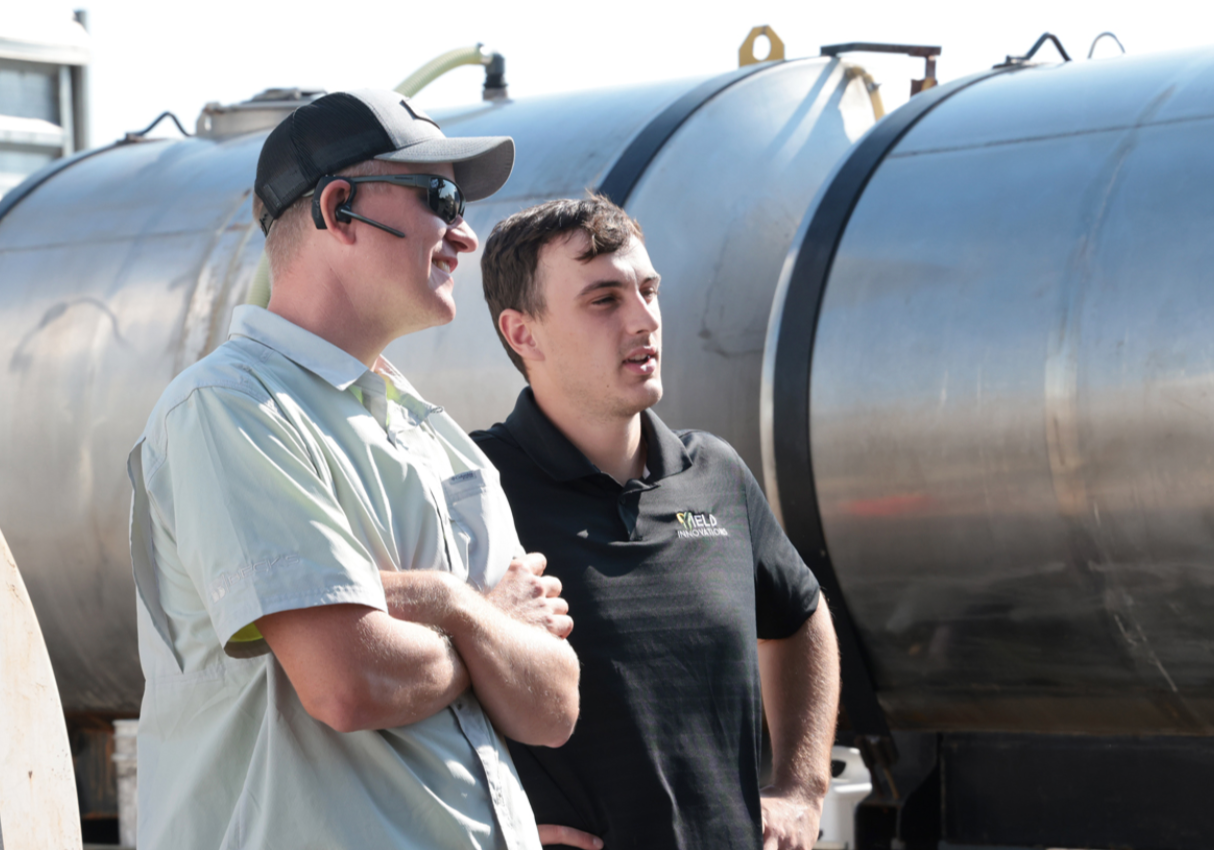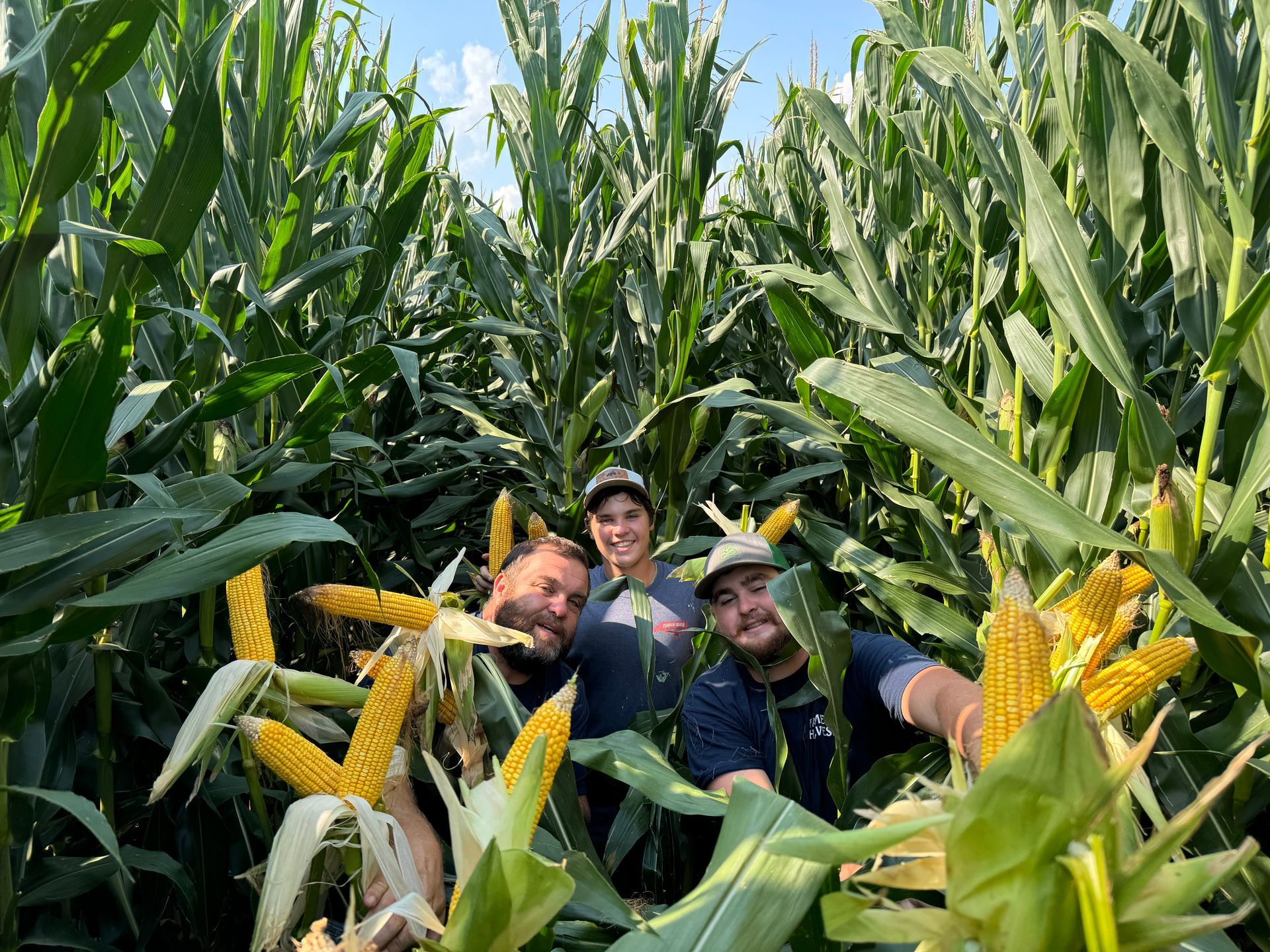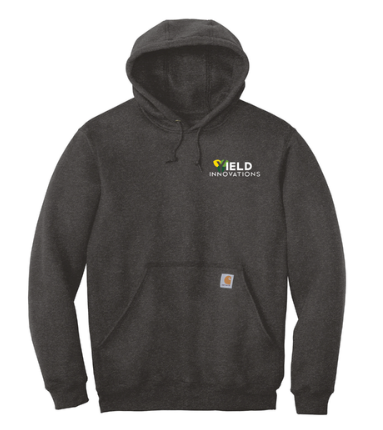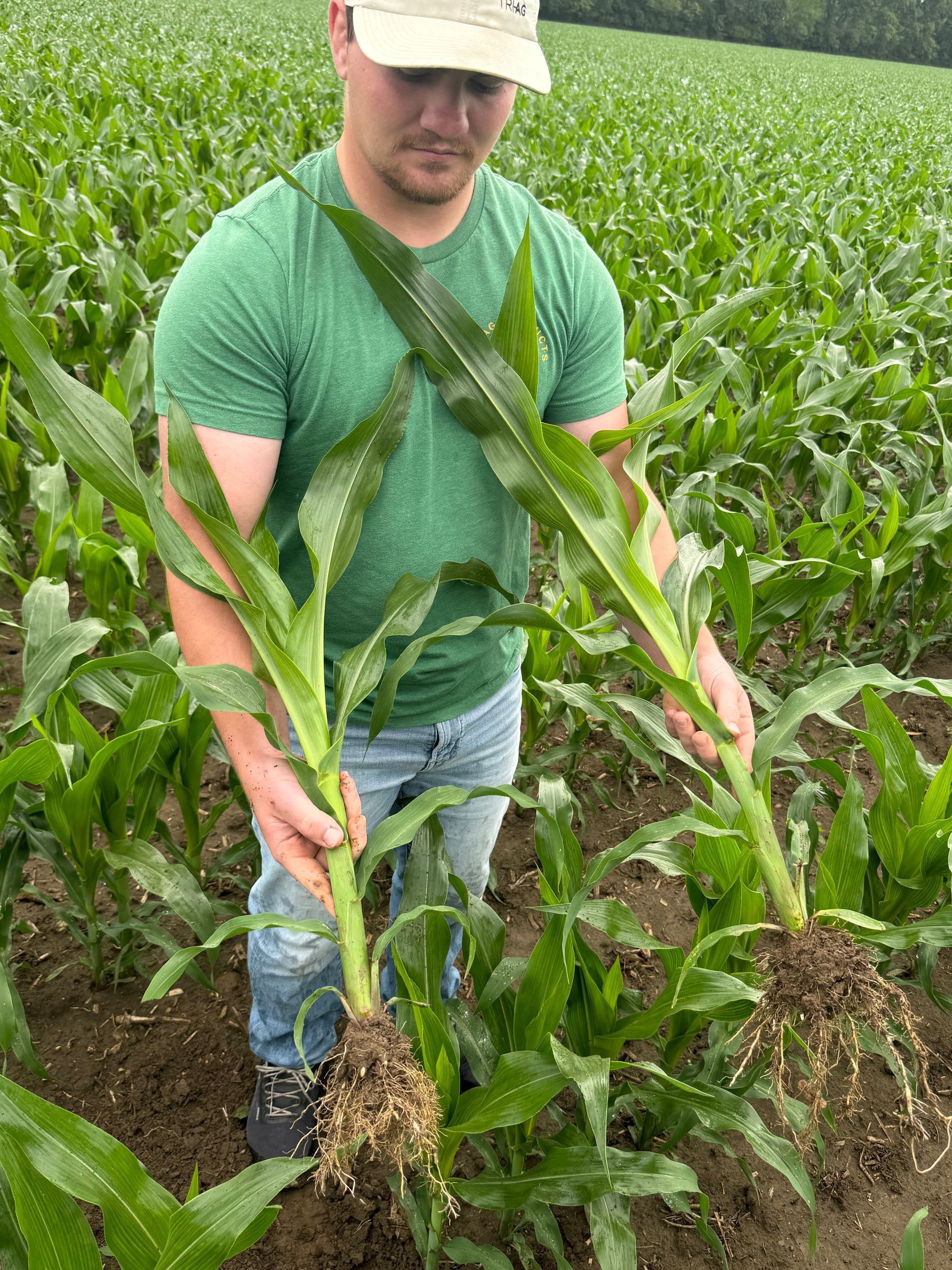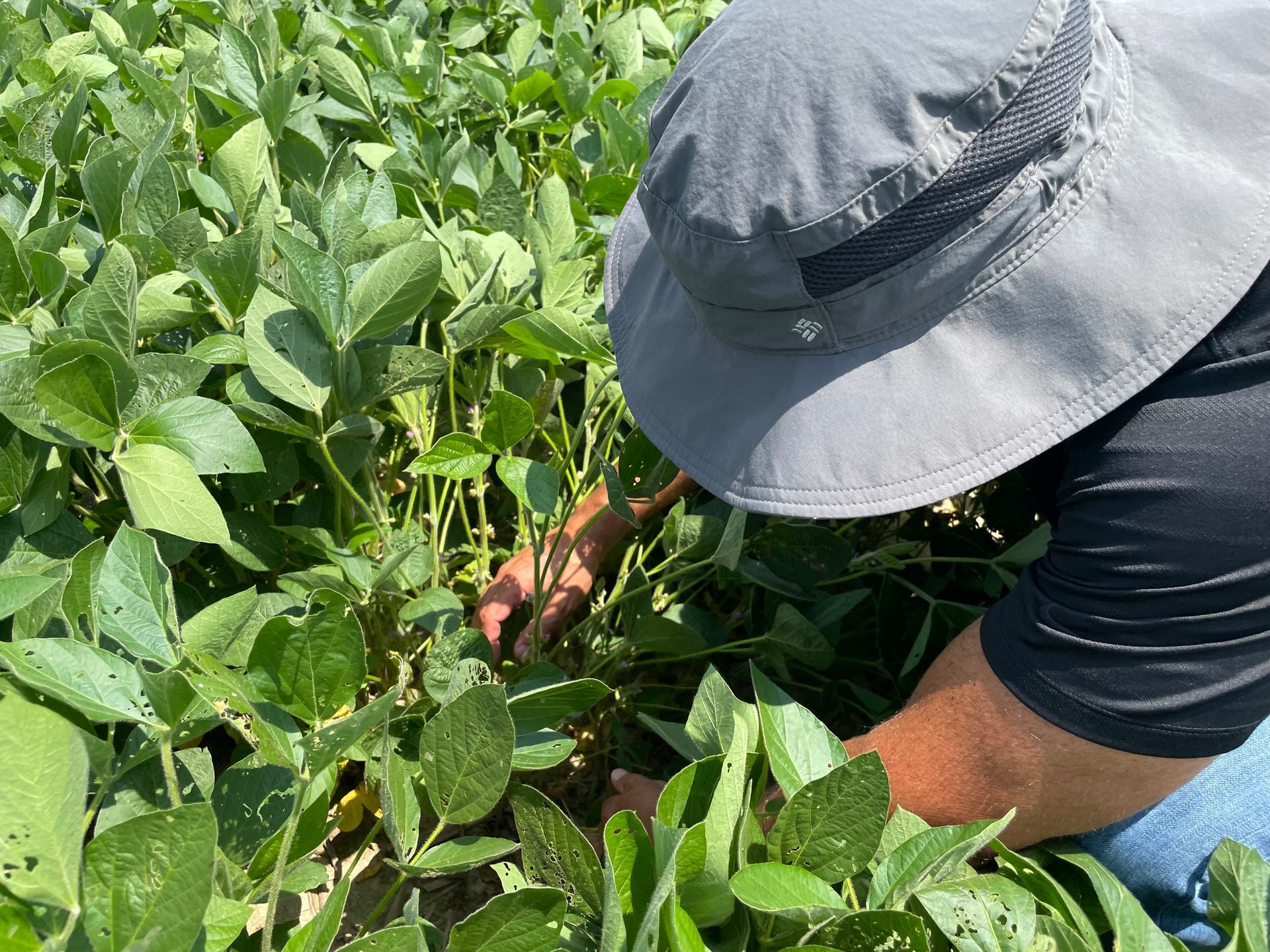Spoon Feeding Nutrition
Personalized nutrient approach that spoon-feeds nutrients in available forms, at key times and in the right places
STEP 2
Potassium levels in THE plant and applied sources matter!
- Dry potassium fertilizer does not provide a steady available stream of potassium. LEARN MORE
- Available forms matter more than analysis!
Solubility = Availability. LEARN MORE - Key times for CORN, SOYBEANS, and WHEAT.
- The "right place" is determined by each nutrient's mobility in the soil. LEARN MORE
Dry potassium fertilizer does not provide a steady available stream of potassium.
The availability of potassium from soil applied potash is HIGHLY dependent on soil moisture. As soils dry out during the growing season (when yield is being determined), potash availability greatly diminishes.
We have been spending a tremendous amount of money on a product that is not available when we need it most!
Potassium Chloride (0-0-60) requires 85% soil wetness to solubilize or be plant available. How often during the growing season is the soil drier than 85 % wet?
Potash (0-0-60) loses its availability as the soil dries out. However, potassium acetate is still available when soil dries out another 264.8%!
+264.8%! DRIER SOILS AND STILL AVAILABLE!
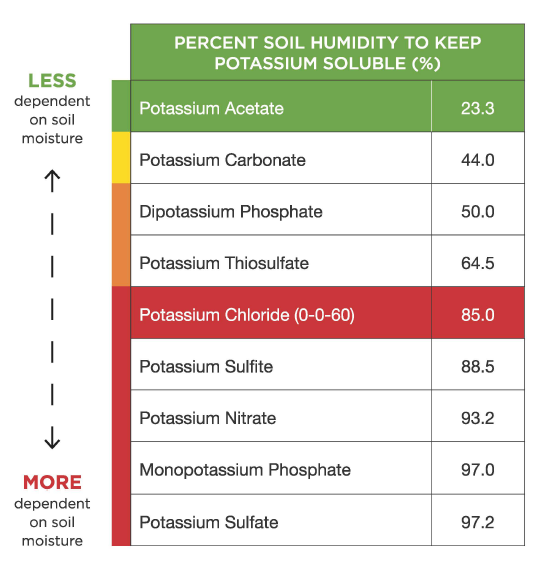
KEY TAKE-AWAY
Soil applied potassium acetate at planting and/or sidedress can effectively enter the plant and impact yields!
Available forms matter more than analysis! Solubility = Availability.
There are many ways to manufacture liquid fertilizer products and arrive at a desired analysis. If two products have the same analysis with different source products, they are not the same and should not be expected to perform the same. For example, two different foliar products may both have 10% potassium but one is derived from potassium borate with a solubility of 15.8 g/100 ml. The other product also has 10% potassium but is derived from potassium hydroxide with a solubility of 121 g/100 ml. In this scenario, the potassium hydroxide containing product's potassium is nearly 8 times more soluble or plant available!

What about absorption through plant leaves?

Potassium acetate has 40% faster absorption than other K carriers!
This can be yield consequential! The faster a product is absorbed into the plant, the less is lost from evaporation. ONLY INGREDIENTS THAT ENTER THE PLANT CAN INFLUENCE YIELD.
Key times: optimizing CORN growth stages

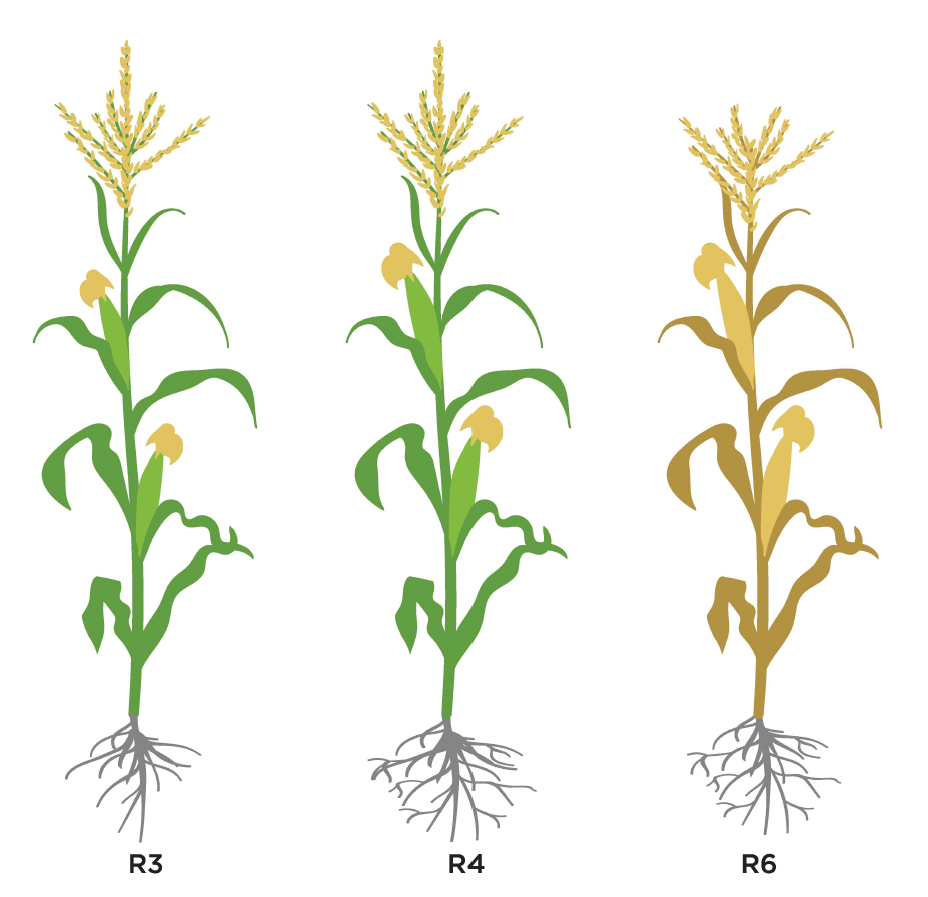
V2 - VS APPLICATIONS
Sidedress N applications with
Sidedress Additives (V2-V5)
Foliar Nutritional Products (V3-V5)
VE-V4 NUTRIENT
REQUIREMENTS
11% N
7% P
11% K
10% S
7% Zn
6% B
10% Mn
By V6: Ear girth and the number of rows around the ear is determined.
V6-V13 NUTRIENT
REQUIREMENTS
50% N
31% P
48% K
32% S
38% Zn
56% B
44% Mn
Fun Fact: Kernel rows long on the ear is determined over a long period of time, from approximately V7-V15.
V14-BLACK LAYER NUTRIENT REQUIREMENTS
39% N
62% P
41% K
58% S
55% Zn
38% B
46% Mn
Fun Fact: Between V1-VT (tassel), a new growth stage occurs every 4-5 days in May, 3-4 days in June, and 2-3 days in July.
VT-R3 FUNGICIDE APPLICATIONS
- VT - Plants with all branches of the tassel fully visible
- R1 - Visible silks on at least 50% of the plants
- R2 - Blister stage, small white kernels 10-12 days after silking
- R3 - 18 to 20 days after silking, milk stage, yellow kernels with milky white fluid, 80% moisture
- R4 - Dough stage, paste-like or dough kernels, 70% moisture, 24 to 26 days after silking
- R5 - Dent stage, stress now will reduce kernel weight, 60% moisture, 31 to 33 days after silking
- R6- Physiological maturity, 66-70 days after silking, 35% moisture, 55 to 65 days after silking
- Black Layer - 30-35%
Key times: optimizing SOYBEAN growth stages
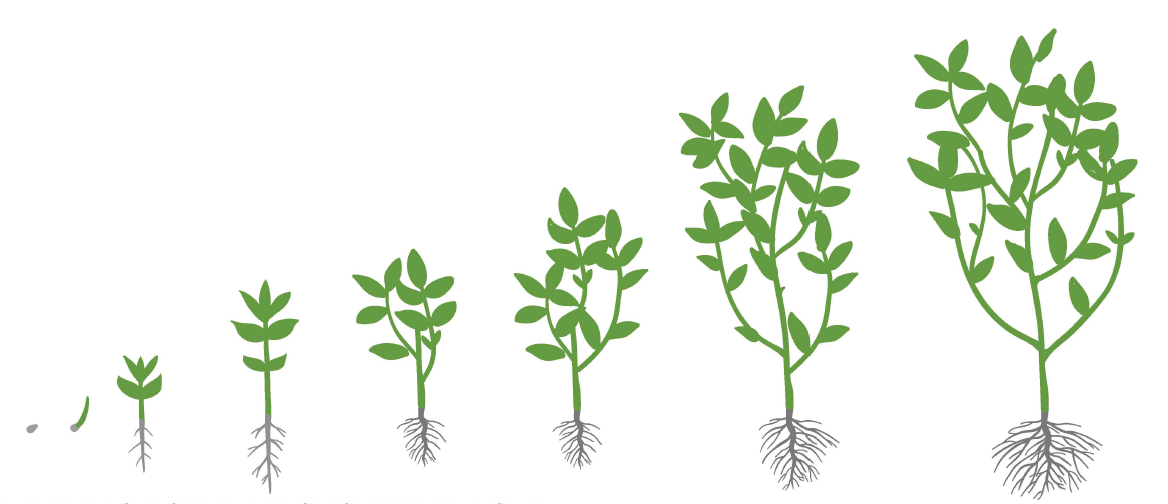
VE-V7 NUTRIENT REQUIREMENTS
P-20% K-19% S-15% 8-6% Mn-10% Zn-8%
References for Soybean Nutrient Uptake Data: Bender, R.R et al 2015.Agron.J 107:563-573
Ciampitti, IA 2017. Soybean Growth & Development, Kansas State Research & Extension, February 2017, MF3339
Better CropsNol. 102 (2018, No. 1) Nutrient Uptake Illustrated for Modern, High-Yielding Soybean. Barth, Francisco, Suyama, Garcia
GERMINATION
Germination begins when the soybean seed has imbibed 50% of its weight in water.
Nutrients and food reserves from the cotyledons sustain the young plant during emergence and for about 7 -10 days after.
V2
Nodulation Begins
Unifoliate node and the first two trifoliate leaf nodes are present. Soybean roots become infected with Rhizobium Japonicum and nodulation begins.
V3-V5
Herbicide and Foliar Nutrition
Plants are about 7-12 inches tall.
The total number of nodes that the plant may "potentially" produce is set.
V6
Plants are about 12-14 inches tall, have seven nodes with unfolded leaves.
New V stages can be appearing every three days now.
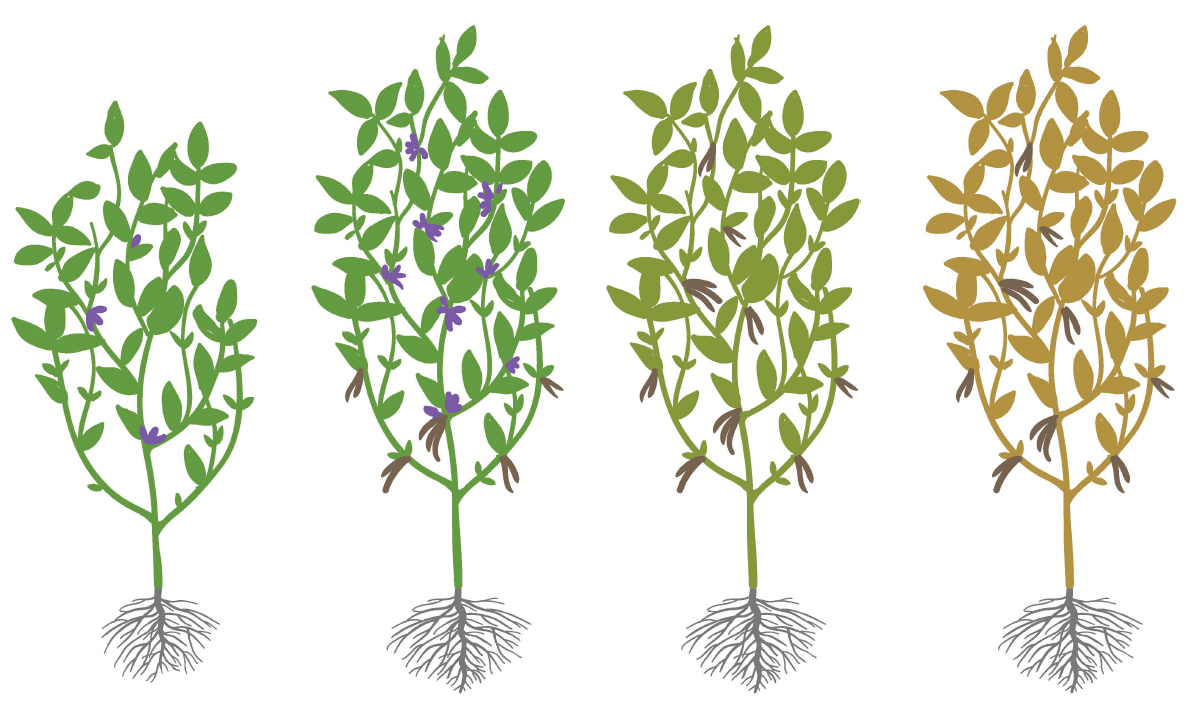
V8-R3 NUTRIENT REQUIREMENTS
P- 19% K - 44% S - 38% B - 52% Mn - 36% Zn - 35%
R4-R6 NUTRIENT REQUIREMENTS
P- 61% K - 37% S - 47% B - 42% Mn - 54% Zn - 57%
R1
- There is an open flower at any node on the main stem.
- R1 plants generally have 7-10 nodes.
- Vertical root growth rate sharply increases!
R2
- Open flower at one of the two uppermost nodes
R3
- 3/16 inch pod at one of the four uppermost nodes
- SPRAY: Fungicide/insecticide and PodFiller now!
R4
- ¾ inch pod at one of the four uppermost nodes
- Plants have between 13 and 20 nodes
- Some individual pods on the lower nodes are full size.
R5
- Seed is 1/8 inch long in the pod at one of the 4 uppermost nodes
Key times: optimizing WHEAT growth stages

GERMINATION - FEEKES 4 NUTRIENT REQUIREMENTS
N - 30% P - 20% K - 20% S - 12%
Winter Wheat Nutrient Uptake, Partitioning and Removal. Grain Farmers of Ontario, Middlesex Soil & Crop Improvement. Research by Peter Johnson 2018-2022
Nutrient Uptake Timing by Crops, to assist with fertilizing decisions. Montana State University Extension. By Clain Jones, Extension Soil Fertility Specialist/Assistant Professor, Kathrin Olson-Rutz, Research Associate, and Courtney Pariera Dinkins, former Research Associate, Department of Land Resources and Environmental Sciences
GERMINATION
FEEKES 1
Emergence happens. First leaf has started growing. Three leaves need to develop before tillering will begin.
FEEKES 2
Tillering initiation starts. Crown root system starts to develop.
WINTER DORMANCY
Metabolic inactivity with little to no above ground growth.
FEEKES 4
Spring green-up begins.
Ideal time to make spring applications:
- Nitrogen and N additives
- Palisade EC
- Herbicide applications for weed control
FEEKES 5
The potential number of spikelets is determined during this stage. The pseudostem is strongly erect with the developing head pushing into the pseudo-stem.
Second nitrogen application could be made at this time.
Do you know what WHEAT VERNALIZATION is?
Vernalization is a physiological process that wheat plants must undergo to reach reproductive stages (produce seed). Vernalization requires a six to eight week period of temperatures below 48°F. Without the cold period, winter wheat will remain in the vegetative growth stages and never produce seed.
Source: Fall wheat emergence and the vernalization process. Dennis Pennington and Jenna Falor, Michigan State University Extension - November 22, 2023

FEEKES 6 - FEEKES 8/9 NUTRIENT REQUIREMENTS
N - 50% P - 20% K - 60% S - 40%
FEEKES 10 - FEEKES 10.5.3 NUTRIENT REQUIREMENTS
N - 20% P - 70% K - 20% S - 48%
Note: Wheat nutrient uptake data is approximate. Both research sources differ slightly in their findings. Some data also suggests changes to the nutrient uptake curves with intensity of management and corresponding yield levels.
Some research notes a more balanced uptake of Phosphorus than indicated here.
FEEKES 6
Jointing
The first stem
node is visible
during this stage
resulting in stem
elongation.
Can no longer
apply 2,4-D or
Dicamba
FEEKES 7
The second
node and the
second to last
leaf should be
visible.
FEEKES 8/9
The Flag Leaf
is visible,
contributing
50-75% of the
photosynthesis
required for the
developing grain.
First Fungicide
application can
be made with
HeadFiller
FEEKES 10
Boot Stage
-the wheat
head is inside
the leaf sheath
giving a swollen
appearance.
FEEKES 10.1-10.5
Heading Stage -
all heads are out
by 10.5
FEEKES 10.5.1-10.5.3
Flowering occurs during these stages. 10.5.3 occurs when flowering is complete at the base.
MiravisAce and GrainFiller should be applied from 50% head emergence (10.3) through 10.5.2
The "right place" is determinded by each nutrient's mobility in the soil.
Is it mobile, somewhat mobile or immobile? This knowledge is critical in "personalizing" a system that maximizes nutrient uptake for you!
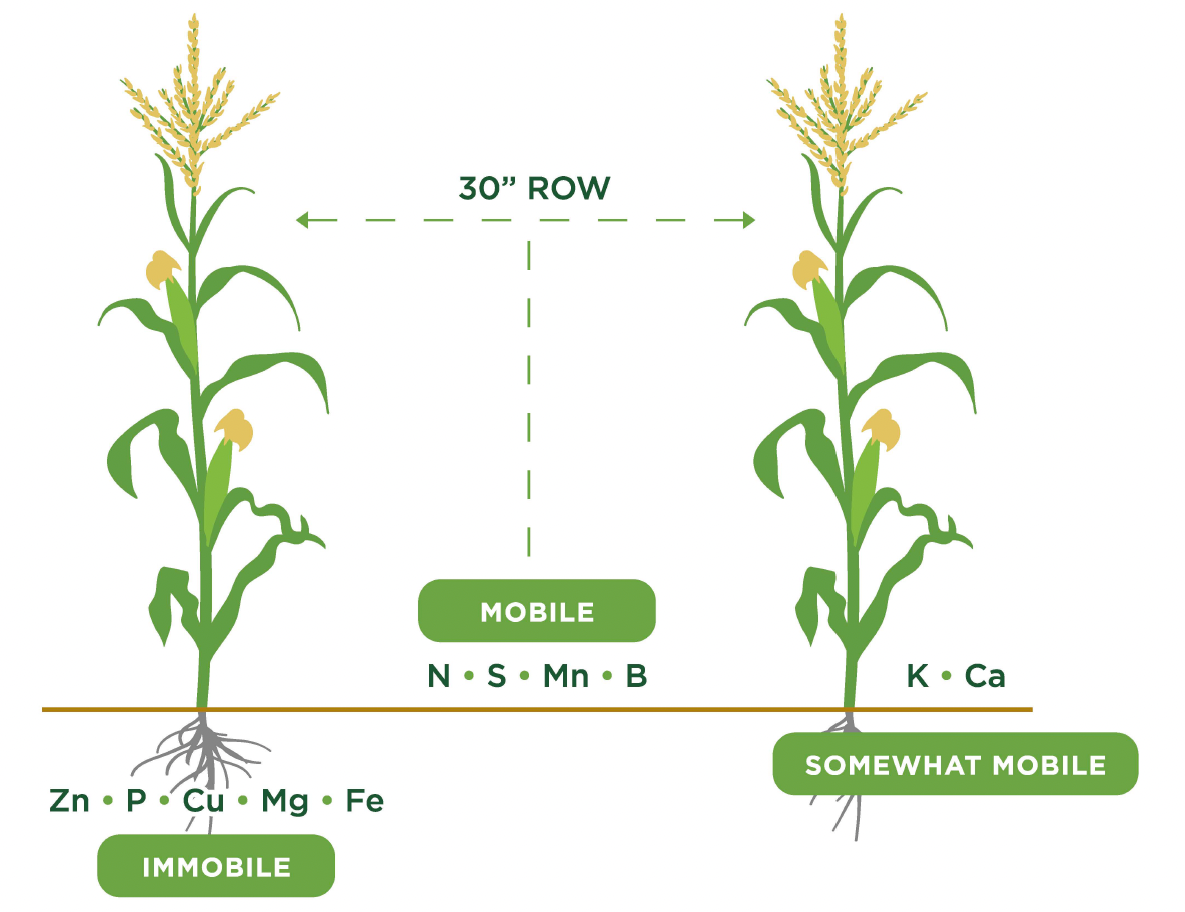
MOBILE
Plants absorb mobile nutrients through their roots passively. This happens through a process called MASS FLOW, when nutrients move in soil water to the plant's roots.
Nitrogen (N) • Sulfur (S) • Manganese (Mn) • Boron (B)
PLACEMENT:
Middle of a 30" Row
SOMEWHAT MOBILE
These nutrients can be taken up via MASS FLOW but also through DIFFUSION. This happens when the nutrient moves from an area of higher concentration (ex: 2x2 band) to an area of lower concentration near the roots for uptake.
Potassium (K) - mobility largely depends on the K source
Calcium (Ca)
PLACEMENT:
2x2, Y-Drop, can be placed in the middle of 30" row if using potassium acetate
IMMOBILE
These nutrients do not move freely in the soil and are taken up through a process called ROOT INTERCEPTION or ACTIVE TRANSPORT. This happens when the roots grow toward these nutrients and happen to make contact with them and are taken up.
Zinc (Zn) • Phosphorus (P) • Copper (Cu) • Iron (Fe) • Magnesium (Mg)
PLACEMENT:
In-Furrow, 2x2, Y-Drop Only
KEY TAKE-AWAY
Sidedressing mobile nutrients through a coulter in the middle of a 30" row is the correct placement. The addition of Y-Drops to your sidedress rig for application of somewhat mobile and immobile nutrients, will satisfy the placement requirements while increasing nutrient uptake efficiency!


